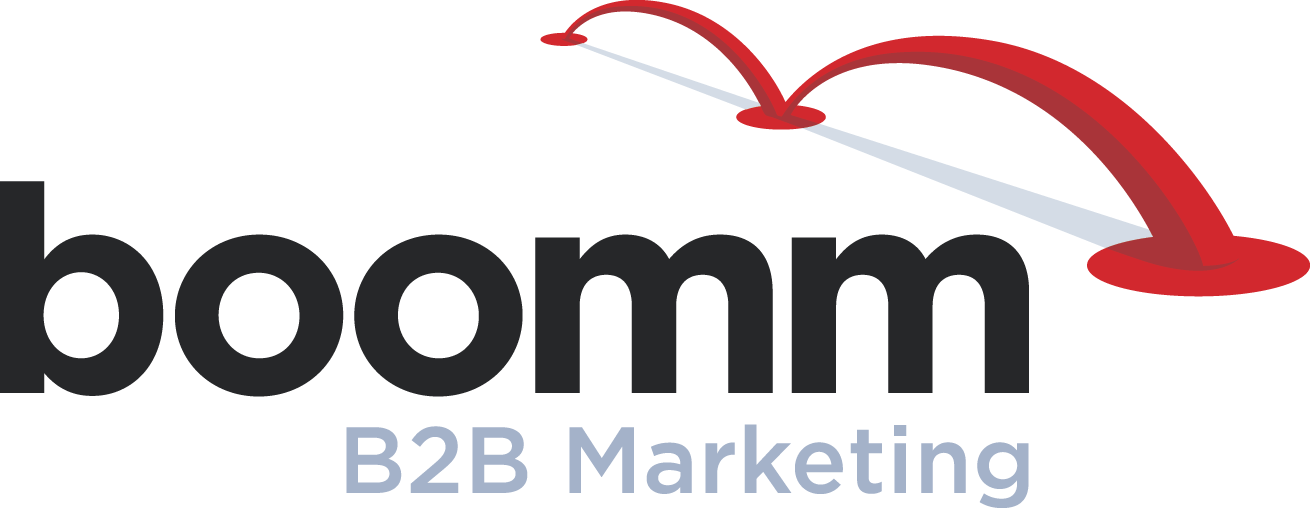Boomm’s B2B horror stories
Last Halloween season, Boomm shared a blog article with some of our favorite B2B horror stories. But you know how it works with scary movies: There’s always a sequel. Here are this year’s tales of terror with more of the ghostly apparitions that haunt the hallways of agencies. These are all true-life B2B horror stories. In fact, you probably have encountered one or two of these frights in your career. The curse of the “Bloody Logo” It was almost midnight but the lights were still burning in the Creative Department. In the morning, the agency needed to send a digital campaign to a long list of industry publications across the globe, and that meant
Don’t space out
The people at NASA have our deep respect. They are extremely intelligent, truly dedicated and possess a remarkable vision for the future. Consider some of the milestones our space program can claim: Launched the first U.S. satellite Put the first American in space Landed the first humans on the moon Created reusable spacecrafts with the Space Shuttles Captured astonishing images with the Hubble Space Telescope Facilitated collaboration and exploration with the International Space Station Even when things are bleak, NASA finds a solution. The “successful failure” of Apollo 13 defined crisis management for generations to come. Which leads us to an almost unfathomable fact: NASA never trademarked their logo. How can that be? The
Created or generated
Going forward, all creative work will be separated into two categories: Either it is created or generated. How can we distill all creative down to such a clear distinction? After all, there are so many nuances to original human thinking and an infinite number of possibilities with AI produced work. The simple dividing line is this: Created If humans developed the work through their own imagination and experience, it is created. That applies even if the execution of the ideas were supported by AI tools. Generated Ads that are concepted, designed and written by AI are generated. That applies even if humans monitored the AI tools, including chatbots and image generators. How common is AI generated work?
The cat that killed a presentation
The following story is true. Ridiculous, but true. The big presentation day dawned golden with promise. In the quiet northern Ohio town, the agency team met in the hotel lobby before heading off to the famous industrial client. “Better go through one last check,” advised the CEO. “This is a big one, after all.” “Creative, are all the concepts tight? Good. It’s almost showtime.” “Media, are we ready with a bulletproof plan for every segment? Thought so. We’ll own this market.” “Account, do you have the budget estimated down to the last penny? Nice. We’re really buttoned up.” “IT, is the presentation loaded and ready to roll? Perfect
B2B success in three words
Assets, insights, trust. Those three simple words hold the key to B2B success. It really is that basic: If you can provide your B2B agency with assets, insights and trust, you will get their best work in return and stay within budget. Why do these essentials matter so much to the end results? And why are they so often neglected in the client-agency relationship? Let’s consider the role of each one and find out. What they are Assets come in a myriad of forms, including brand guidelines, logos, image libraries, fonts, videos, websites, sales data, market research and any other elements that will help give structure to the agency’s thinking. Assets may also include
The age of brilliant stupidity
B2B marketing is more sophisticated, nuanced and global than ever. Campaigns can accurately pinpoint age groups, locations, industries, titles, behaviors and even specific companies. Messaging can be tested, modified and optimized with remarkable dexterity. New platforms are emerging constantly and B2B marketers are finding innovative ways to leverage them. And the potential for using AI seems unlimited. No doubt about it, this is the Golden Age of B2B marketing: a time of brilliant, predictable prosperity. Then, the results come in. Sales are down, engagement is weak, the C-Suite is angry and the customer base isn’t growing. It all seems inexplicable. Perhaps the hard reality is that we’re in the age of Brilliant Stupidity. Our
Three tips for great content calendars
Late every year, B2B marketers face the dreaded content crunch. They sequester themselves in a conference room and try to chisel out their content marketing program for the upcoming year. The content crunch usually starts with the following steps: Report on the previous year’s performance, citing which topics generated the most engagement and should be prioritized in the upcoming year Set strategic goals for the overall content program across social media posts, blog articles, white papers, videos and all other forms of content Establish a budget for assets and content development So far everything makes sense. But now comes a crucial and challenging step: creating the content calendar. Actionable content calendars are the single most important
True-life B2B horror stories
Boomm celebrates Halloween in a big way. One year, we held a scary story contest that resulted in some remarkably imaginative entries. Another year, our CEO Gary Mattes created a lighted sign that eerily glowed “BOO,” until the letters “MM” illuminated to complete the agency name. But the most frightening memories by far are from our old, haunted offices in La Grange. Boomm employees still whisper about “The Twins,” our resident ghosts. These spectral sisters were always making unexplained noises, knocking objects off shelves, rumbling about in the dusty attic, or triggering car alarms during client calls. The Twins made working late at Boomm an adventure for the brave hearted. In the spirit
Coming to terms with agency relationships
Is your B2B agency the “Hands?” Or is it the “Armor?” Better yet, are you the “Noodle?” These terms may seem unfamiliar at first, but they describe some very common client-agency relationships. To provide a little context, this month’s blog examines four distinctly different relationship types, including the good and bad of each. “Hands” Relationship Basic premise: The agency serves solely as the client’s hands. Think of it as the agency version of a production line. How it functions: The client sends the account lead an extremely detailed email stating precisely what they want for an upcoming campaign The account lead shares the email internally, which now serves as the project brief The agency executes
The personal side of the creative process
Visit the business or self-improvement section in any library or bookstore, and you will find books on unleashing your creativity. Some of these titles are famous and considered classics, like “The Artist’s Way” by Julia Cameron, which was first published almost forty years ago. The Artist’s Way explains how to connect with your creative side by writing regularly and exploring new things. It demystifies challenges, counsels exploring new experiences as inspiration, and nudges the reader to bring her creative self out into the open Other books are more recent and have gained many ardent followers, such as “Steal Like an Artist: 10 Things Nobody Told You About Being Creative” by Austin Kleon.












